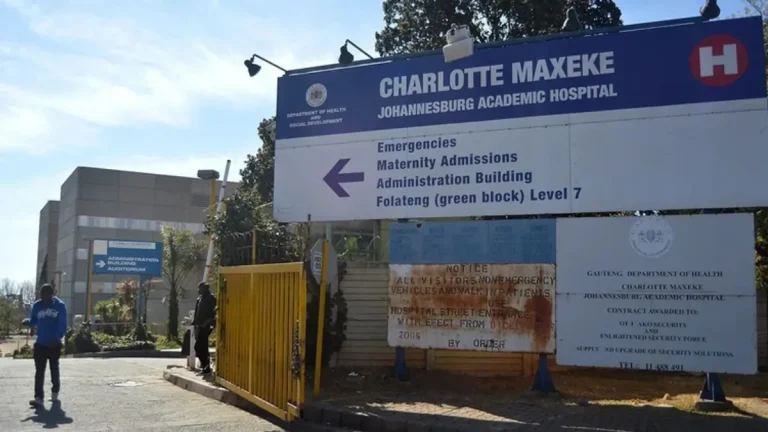In a major step for South African healthcare, doctors at Charlotte Maxeke Johannesburg Academic Hospital have achieved a historic first, a successful Matched Unrelated Donor (MUD) Stem Cell Transplant on a 14-year-old boy living with Aplastic Anemia.
Thank you for reading this post, don't forget to subscribe!The transplant, carried out by the Pediatric Hematology Oncology Unit, marks a turning point for Gauteng’s public health system. Procedures once limited to private hospitals are now becoming accessible to ordinary South Africans.
ALSO READ: Panyaza Lesufi Leads Gauteng’s Tswa Daar Drive to End Substance Abuse
A Giant Step for Gauteng Healthcare
Professor Jennifer Geel led the operation, which was supported by Drs. Anees Laheer, Bernard Goodwin, Ngoakoana Mahlachana, Mapule Kholong, and Angidi Mauree. Years of planning, research, and coordination made the surgery possible.
The anonymous donor was matched through a national bone marrow registry, such as the South African Bone Marrow Registry (SABMR) or DKMS Africa. After compatibility was confirmed, the donor underwent a simple stem cell collection through a peripheral line.
To prepare for the transplant, the patient received chemotherapy to help his body accept the new cells. After years of dependence on transfusions, his recovery was swift and steady.
The young boy, who had previously undergone 91 blood transfusions, 38 platelet transfusions, and 14 hospital stays, has not needed another transfusion or admission since the transplant.
From Desperation to Hope
Before the procedure, the teenager’s life revolved around hospital visits and endless waiting for a match. The transplant gave him and his family a chance at a normal life, something they had lost hope of achieving.
He continues to attend regular check-ups but is doing well. His recovery has become a symbol of how public healthcare can change lives when skill and purpose meet.
The Science Behind the Success
Stem cell transplants are used to treat diseases such as leukemia, lymphoma, immune deficiencies, and bone marrow failure syndromes like Aplastic Anemia. Their success depends entirely on finding a compatible donor.
In a country as genetically diverse as South Africa, finding that match is often difficult. This is why organizations like DKMS Africa and SABMR are vital. They connect donors with patients who need transplants.
Currently, South Africa has about 100,000 registered donors. Experts say the country needs at least one million to meet the needs of patients from diverse backgrounds.
Every new donor increases the odds that someone waiting in a hospital will find a match. Health professionals continue to urge South Africans to register and save lives.
Making Advanced Treatment Accessible
The success at Charlotte Maxeke represents more than medical progress; it’s a move toward fairness in healthcare.
In private hospitals, an MUD transplant can cost up to R2 million, far beyond the reach of most families. Bringing this technology into the public sector reduces inequality and provides hope to families who once had none.
The transplant supports Gauteng’s Asibe HealthyGP agenda, which aims to deliver accessible, people-focused care. The province is working to make hospitals not only centers of treatment but hubs of innovation and learning.
Awareness and Impact Beyond the Ward
The story has sparked public awareness about stem cell donation across Gauteng. Communities are responding with curiosity and compassion.
Health workers and volunteers are visiting schools, churches, and community halls to teach residents how easy it is to register as donors. For families affected by blood disorders, this breakthrough offers hope that recovery is within reach.
The message is spreading fast: healing is not only about medicine. It’s about empathy, awareness, and community effort.
A Model for Future Healthcare
The Gauteng Department of Health has hailed the success as a sign of what’s possible when expertise meets dedication.
Health and Wellness MEC Nomantu Nkomo-Ralehoko said the procedure shows that world-class care can thrive in public hospitals. The department plans to expand transplant services and improve facilities at academic hospitals that treat and train the next generation of specialists.
A Turning Point for Gauteng
Charlotte Maxeke’s first MUD stem cell transplant is more than a scientific victory. It’s a story of perseverance, compassion, and collaboration.
It reminds South Africans that progress in healthcare is measured not only in technology but in lives changed and hope restored.
This success also highlights the power of collective effort. Without donors, none of it would be possible.
Become a Lifesaver
The message is clear: anyone can help save a life. Registering as a stem cell donor takes minutes. A simple cheek swab can make the difference between life and loss for someone waiting in a hospital bed.
As Gauteng invests in innovation and healthcare excellence, this story from Charlotte Maxeke proves what is possible when communities and professionals work together.
To register as a donor, visit www.dkms-africa.org or www.sabmr.co.za.
In Gauteng, every small act of kindness counts. It can change a life, and sometimes, even save one.




